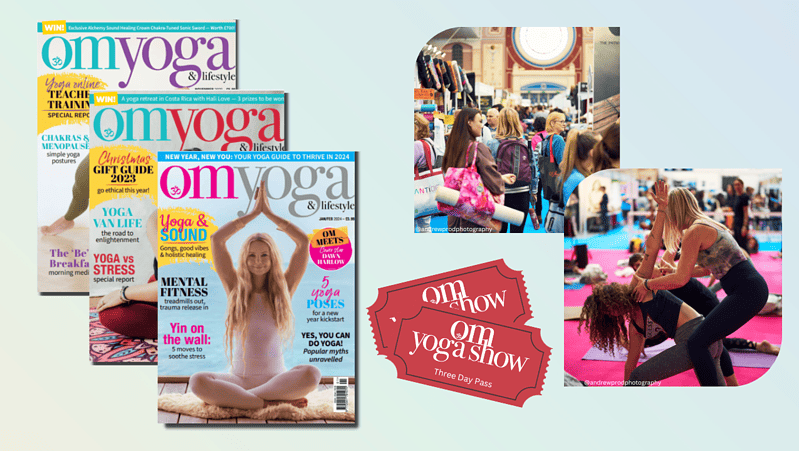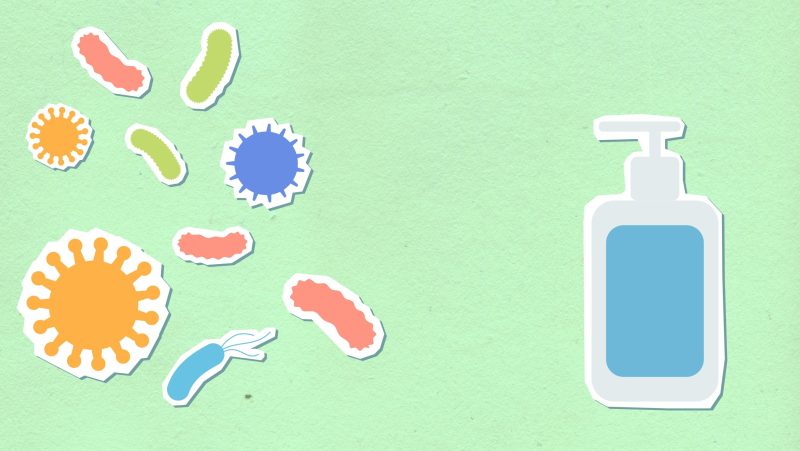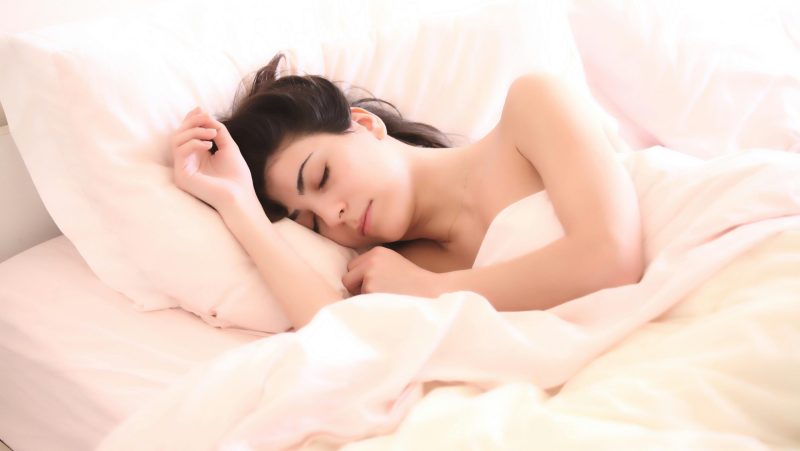
How to Treat Urban Adult Acne
The Impact of City Living on Adult Skin and 5 Tips for Prevention - By Dr Eva Melegh
Reading time: 4 minutes
City living is creating a new type of adult acne.
Higher than ever levels of pollution and pore clogging oily particles in the air, a rich and complex mix of foreign bacteria, cigarette and engine smoke and dry skin damage from air conditioning systems are creating a new type of urban acne.
‘The air and water pollution in urban environments increases the chance of acne and aggravates the symptoms,’ according to Dr Eva Melegh M.D. consultant dermatologist.
‘Pollutants and oily particles in the air are deposited on the surface of the skin can clog the pores and pollution from smoke and petrol particles can change the pH of the skin, thereby promoting the growth of harmful microorganisms.
The pollution damage to skin means that urban skin becomes overwhelmed and the natural skin cleaning processes can fail resulting in congested and inflamed skin, or urban acne.’
Urban acne is a combination of hormonal acne (often triggered by menopause in adult women) with environmental acne, making it particularly complex to treat as treatments need more than one action to help reduce and prevent it.
‘Products to treat urban adult acne need to be multi-functional and not too harsh. They need to actively preserve the skin’s natural defenses against acne while also helping protect the skin in certain areas where it may get overwhelmed from environmental damage,’ says Dr Melegh.
Tip 1: Keep Sebum Clean
It’s well known that increases sebum production often causes acne. Several studies have proved that skin in urban environments produces more sebum than skin in more rural environments. Increased sebum production can lead to more oxidisation of sebum as it reaches the skin’s surface causing pore blockages that lead to acne.
But simply trying to dry up or reduce serum production in urban skin can lead to other issues as sebum also offers certain levels of protection for urban skin. Sebum is nature’s moisturiser for our skin and urban skin needs to stay hydrated. The biggest threat from urban living to skin hydration is air conditioning. Congested and dry skin often starts producing more sebum to protect it from further damage so reducing sebum is not an ideal solution for urban acne.
What works better for controlling pore blockages from increased sebum production while not reducing sebum is to keep the sebum preserved and clean as it passes out through the skin pore. There are modern skincare products that help achieve exactly this which makes them ideal for using on skin exposed to urban environments to help prevent urban acne.
Tip 2: Promote skin bacterial balance
Modern urban environments contain a complex and foreign mix of damaging bacteria that our skin is not used to dealing with. This mix of foreign bacteria further increases the risk of infected pore blockages because the increased sebum attracts the bacteria and creates an ideal habitat for it to quickly breed and multiply.
However, simply using strong anti-bacterial products aimed at mostly teen acne can lead to further issues for urban acne, especially in adult skin. Urban skin needs higher levels of protection and so it’s crucial that things like skin barrier function remain in good condition to prevent moisture from escaping and bacteria from getting in.
Skin barrier function is maintained via good skin bacteria. Using normal anti bacterial products for acne wipes out all skin bacteria, both good and bad, resulting in drier and more fragile skin that then lets in more foreign bacteria that leads to more acne.
So, maintaining or preferably increasing levels of good skin bacteria in urban skin is the most effective way to protect skin from bacterial acne.
Some modern skin care products are known as ‘smart’ anti bacterials in that they only attack bad skin bacteria and preserve good skin bacteria. This is an ideal action for preventing and protecting the skin against urban acne.
Clarol Silver Serum (clarol.co.uk) contains a smart antibacterial agent made from micronised silver that starves bad skin bacteria while feeding good skin bacteria.
Tip 3: Reduce oxidative skin stress & inflammation
The body produces some degree of natural protection against pollution though antioxidants generated within the skin that reduce oxidative stress on the skin which appears as inflammation and redness.
Oxidative stress on skin is much higher in urban environments so typically the skin’s natural defences against it can become overwhelmed.
This is where targeted skincare can come to the rescue. Skincare containing high levels of easily absorbed and protective antioxidants can significantly help reduce oxidative stress and inflammation.
In the case of urban acne, antioxidant skin care should differ from anti-ageing skincare containing antioxidants because acne prone skin is also prone to oiliness and pore blockages. Antioxidant skincare aimed at anti-ageing is often quite rich and heavy and so is not ideal for skin prone to acne.
Lighter skin serums or primers for use on oily skin and under cosmetics that contain antioxidants are ideal for using on urban skin to help prevent and protect against urban acne.
Tip 4: Shield Skin
In the same way that a large hat is ultimately the best barrier against UV damage, a physical skin shield against pollution and bacteria would be the ultimate solution for protecting the skin from urban acne. This being both impractical and uncomfortable, we need to look at ingredients in skin care that can, to a degree, shield the skin from external pollutants and bacteria.
Luckily such products do exist and are an excellent option for helping to protect the skin from the risk of urban acne.
Teflose ® is a natural ingredient that offers a protective ‘teflon’ like coating over blemishes and inflamed skin and is proven to shield blemishes from bacteria and reduce inflammation at the same time.
Clarol Conceal & Shield contains Teflose ® and is designed to both conceal blemishes redness and shield them from infection from external bacteria.
Tip 5: Always wear an SPF
Inflammation is the biggest threat to urban skin as it stretches skin pores, reduces moisture, increases sensitivity and weakens skin barrier function.
UV damage directly causes skin inflammation, so it is crucial to wear an SPF in the city every day. UV reflection from windows and buildings or from inside vehicles as well as blue light damage from computer screens means that UV damage risk in the city can be higher than in rural or beach locations.
A daily SPF of at least 25 should be worn in the city. Its preferable to use an actual physical block in the form of a mineral SPF as opposed to a chemical filter SPF. Zinc oxide is an excellent mineral SPF as not only does it provide a highly effective block against UV and UVB ray damage it also reduces inflammation. If a product can also offer protection against HEVL (blue light) too, then this is even more ideal for protecting skin against urban acne.





